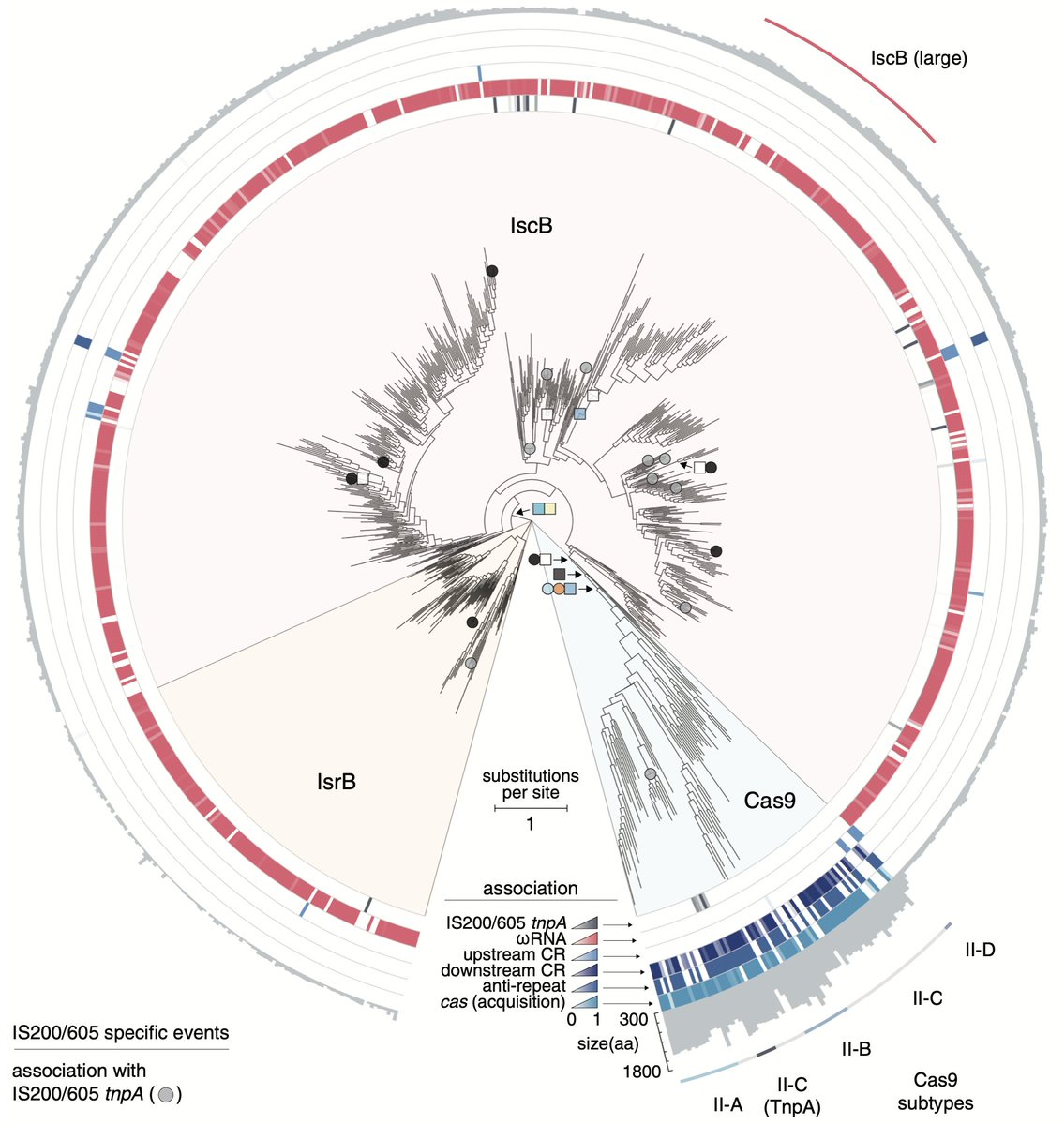Delivery of therapeutic molecules is a major bottleneck for treating a wide range of diseases. Today we describe a new modality for delivering proteins based on an engineered contractile injection system @nature nature.com/articles/s4158… 

1/ Inspired by the machinery used by endosymbiotic bacteria to deliver protein payloads to their host animals’ cells, we sought to engineer these systems, called contractile injection systems (CISs), for delivery to human cells. 

2/ We focused on the Photorhabdus virulence cassette (PVC), a type of CIS that is secreted by Photorhabdus and known to infect insect and mouse cells. We reconstituted PVCs in E. coli and confirmed they could attach to insect cells, their native target. 

3/ We then explored if we could replace the endogenous cargo protein with a protein of interest. To do this, we introduced a packaging signal on a cargo protein (GFP, Cre, or ZFN), confirmed it was loaded by the PVC, and showed it functioned in recipient insect cells. 

4/ To redirect the tropism of PVCs to human cells, we took advantage of the structural similarities between the PVC and contractile phage tails, modification of which can change phage targeting. Based on this, we focused our engineering efforts on Pvc13, the tail fiber protein.
5/ Using #AlphaFold to model Pvc13, we predicted which part of Pvc13 contacts target cells and used this information as a guide to insert binding domains specific to human cells into Pvc13. We confirmed these PVC variants bound to and delivered cargo to the intended target cells. 

6/ We took a similar structure-guided approach to target neurons in the mouse brain, showing in vivo delivery of a cargo protein specifically to neurons. We are continuing to expand the targeting and packaging abilities of PVCs and test them in vivo. 

7/ This work was led by graduate student Joe Kreitz (@kreitz_joseph) with collaboration from MFriedrich (@mircoscopy), AGuru (@Akash_Guru_), BLash (@blake_lash), and MSaito.
• • •
Missing some Tweet in this thread? You can try to
force a refresh

 Read on Twitter
Read on Twitter












